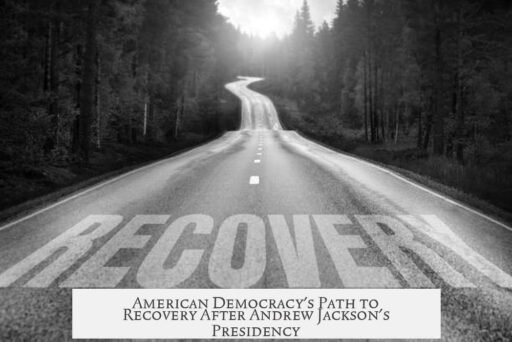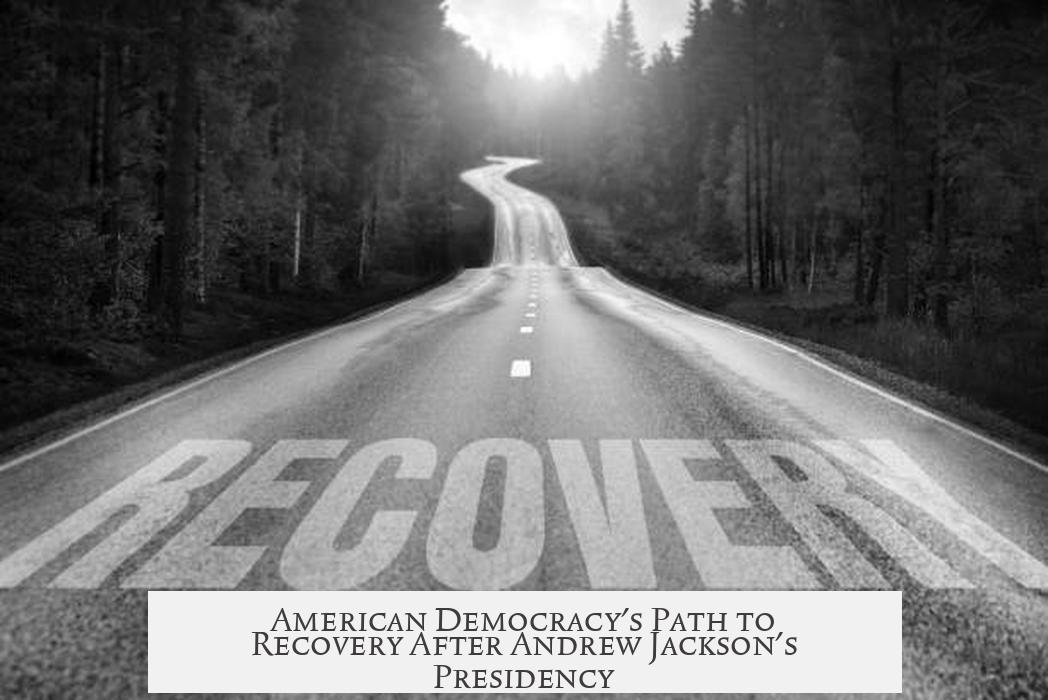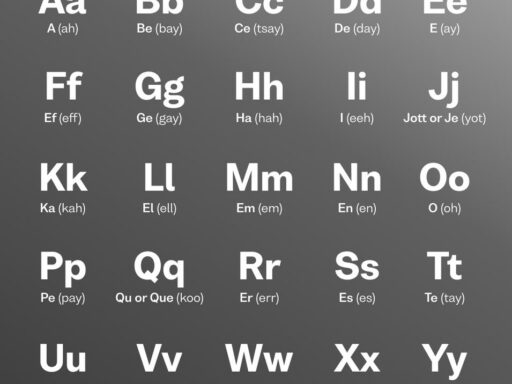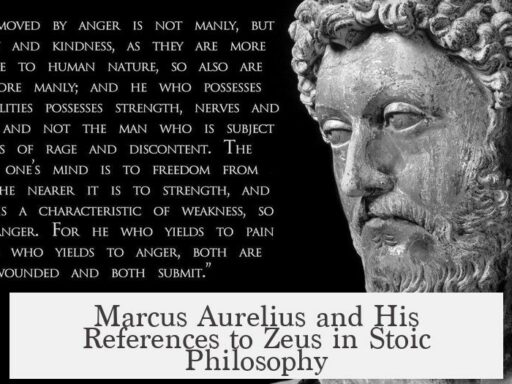American democracy recovers from Andrew Jackson’s presidency through the increased democratization of presidential elections, marked by a shift toward direct public participation.
Before Jackson’s era, the presidency was largely decided by electors in the Electoral College. Few citizens voted for these electors, limiting public influence on presidential outcomes. Jackson changed this dynamic by emphasizing broad public appeal.
His 1828 election campaign marked the start of a new focus: candidates targeting the general public rather than just party elites or electors. This change made presidential elections more accessible and competitive.
The result is the modern system where voters across states cast ballots directly for presidential candidates through the Electoral College process. Jackson’s presidency thus helped lay the foundation for a more participatory democracy.
This transformation allowed more citizens, including white men without property, to vote. The expansion of suffrage under Jackson’s influence increased democratic engagement nationwide.
While Jackson’s presidency has critics for his policies on Native Americans and executive power, his role in shifting election methods is pivotal. Democracy didn’t just survive his presidency; it evolved toward greater inclusivity at the ballot box.
- Jackson’s era marks the start of public-driven presidential elections.
- Pre-1828, few voters influenced presidential outcomes directly.
- Campaigns began appealing to mass electorate, not just electors.
- Voting rights expanded to more white male citizens.
- This laid groundwork for modern democratic elections in America.
How Did American Democracy Recover From Andrew Jackson’s Presidency?
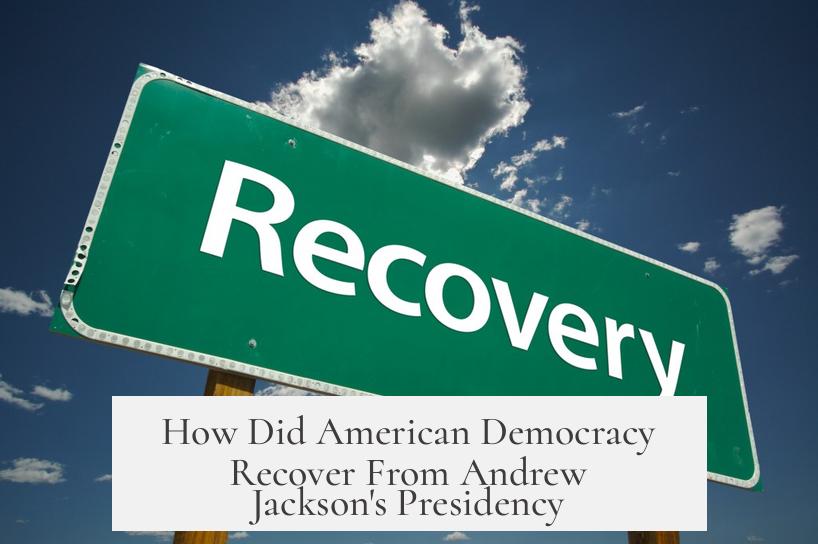
American democracy bounced back from Andrew Jackson’s presidency by evolving its electoral processes, confronting his divisive legacy, and eventually learning tough lessons from his controversial policies. But the journey wasn’t simple or smooth. Jackson’s era changed the political landscape forever, reshaping how presidents are elected and how democracy functions. So, what exactly happened after the fiery Jackson years? Let’s dig into the aftermath.
Andrew Jackson, often called a champion of the common man, was also a deeply controversial figure. His policies on Native Americans and support for slavery today seem shockingly brutal and ethically wrong. Yet, this isn’t just modern judgment — even during his presidency, opinions were sharply divided.
Jackson’s Legacy: The Good, the Bad, and the Ugly
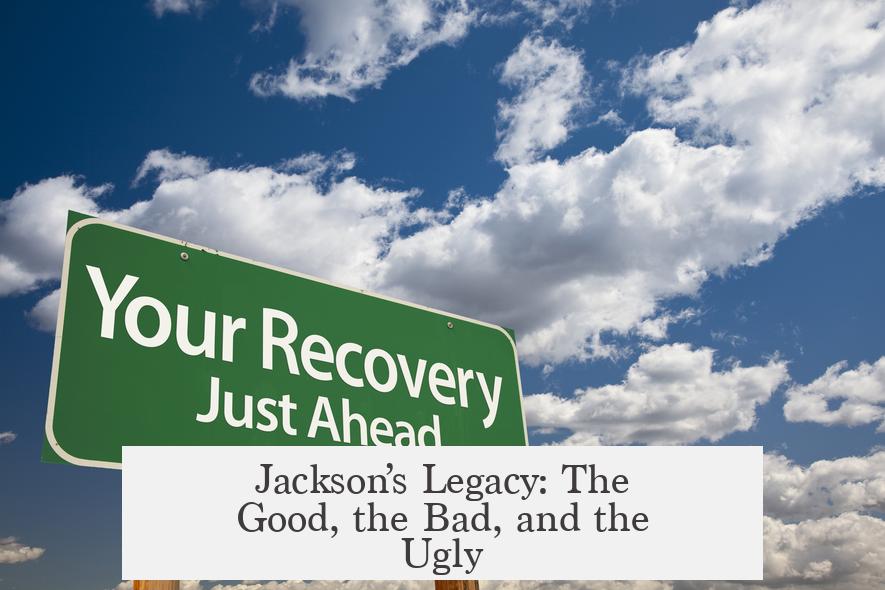
Jackson founded what became the modern Democratic Party, tapping into populist feelings. But his administration’s actions, such as the Indian Removal Act, caused immense suffering. It’s hard to overlook the Trail of Tears, a policy that forcibly displaced Native Americans, resulting in thousands of deaths. He *openly* supported removing entire tribes by force, one of the most aggressive policies in U.S. history.
While Jackson’s presidency is often blamed for centuries of Indian genocide, historians remind us this tragic process spanned before and after his administration. Jackson was a key figure, but not the sole culprit.
Another lightning rod was his war on the Second Bank of the United States. By dismantling the central bank, Jackson challenged concentrated financial power and sparked debates that persist to this day. Critics say he destabilized the economy; supporters laud him for fighting plutocracy.
Pop culture often brands Jackson the worst president ever. This label oversimplifies a complex legacy. His presidency reflected the tensions and flaws of his time — not merely personal failings.
The Aftershock of the 1824 “Corrupt Bargain”
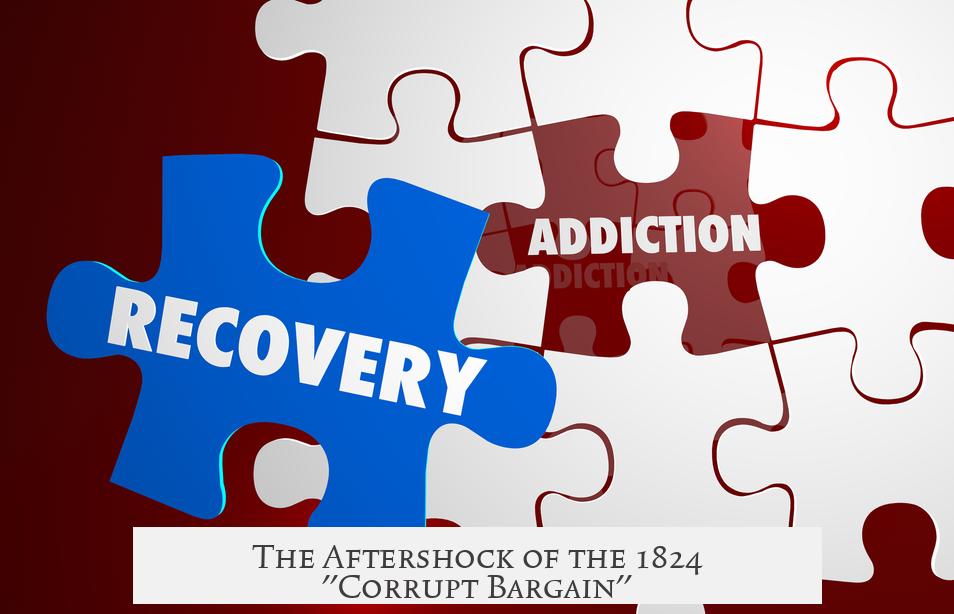
Before Jackson took office, the 1824 election created a political mess. Four candidates split the electoral vote so evenly that no one won a majority — opening the door to a House of Representatives’ decision, a first in American history.
John Quincy Adams and Henry Clay allegedly struck a backroom deal: Clay dropped out and supported Adams, who then became president and appointed Clay as Secretary of State. Jackson and his supporters cried foul, calling it the “Corrupt Bargain.” Jackson had won the plurality of the popular vote and felt robbed.
This scandal fueled Jackson’s rise. Angry citizens began demanding more direct control over choosing their leaders, deepening democratic involvement.
The Democratization of Presidential Elections
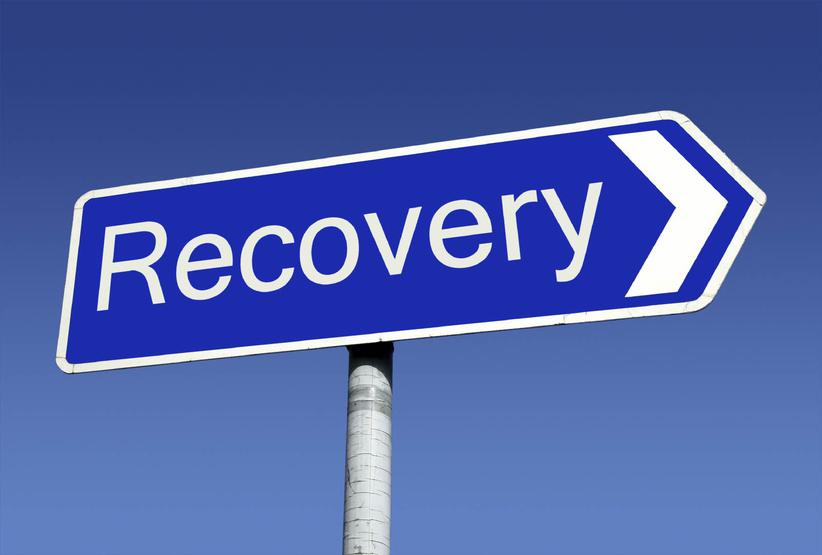
Interestingly, after Jackson’s presidency, American democracy took a leap forward. Before Jackson, presidents were largely chosen by electors, with ordinary voters barely involved. Elections were less about the public’s choice and more about political insiders.
Jackson flipped that script. His fiery appeal to the “common man” ignited widespread voter interest. People started caring, voting numbers soared, and candidates shifted focus to woo the public directly rather than just electors.
This change set the foundation for the modern public presidential election system. Democracy became more participatory, with campaigns designed to engage average Americans, not just elites.
Jackson and the Supreme Court: A Clash of Powers

Jackson also famously challenged the Supreme Court. In Worcester v. Georgia, the court ruled that only the federal government—not states—could manage Native American affairs. Jackson, representing a powerful executive branch stance, supposedly remarked: “John Marshall has made his decision; now let him enforce it!” But historians say this quote is likely apocryphal.
The underlying truth was that the federal government struggled to enforce this ruling in states resistant to such federal authority. Jackson’s defiance highlighted the limits of judicial power and set a precedent for executive pushback that shapes government dynamics even today.
What Happened Next? The Road to Healing and Growth
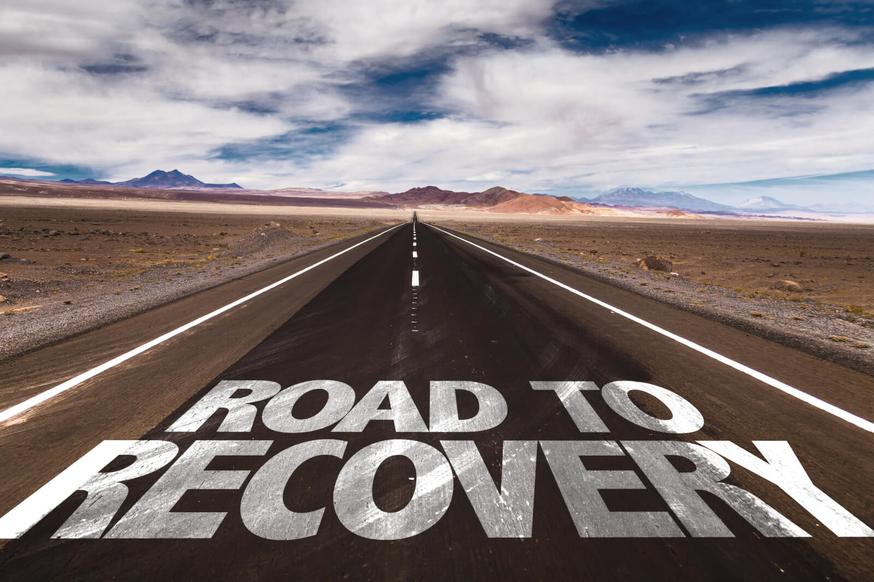
After Jackson’s tenure, America didn’t run away from its democratic principles — it expanded and refined them. Democratic ideals grew stronger as the electorate expanded to include more white men, while political discourse became more public and transparent.
In time, critics of Jackson’s policies fueled reforms. Awareness of human rights gradually increased, pushing society away from the worst excesses of his era. The backlash against Indian Removal eventually led to stronger legal protections for Native Americans, though much damage had already been done.
Meanwhile, financial and governmental institutions adapted, learning from the chaos surrounding the bank’s dissolution. The country moved toward more balanced fiscal policies with regulatory oversight to prevent similar turmoil.
Final Thoughts: Can Democracy Survive Such Divisions?
Jackson’s presidency was undeniably chaotic and divisive. Yet, American democracy recovered not by erasing history or ignoring flaws but by embracing more open participation and accountability. It also learned the hard way that populism can be a double-edged sword: mobilizing voters but sometimes trampling minority rights.
This recovery teaches us a vital lesson: democracy is not a tidy, perfect system. It’s messy, sometimes painful, and always evolving. Jackson’s era was a battleground of ideas and power struggles. The next generations took those lessons, expanded voting rights, and redefined democracy to better fit broader ideals.
So, the answer to your question? American democracy recovered by growing stronger through conflict, reform, and a commitment to including more voices in the political process — ironically, sparked by Andrew Jackson’s very controversial presidency. What current challenges could test democracy today similarly?
